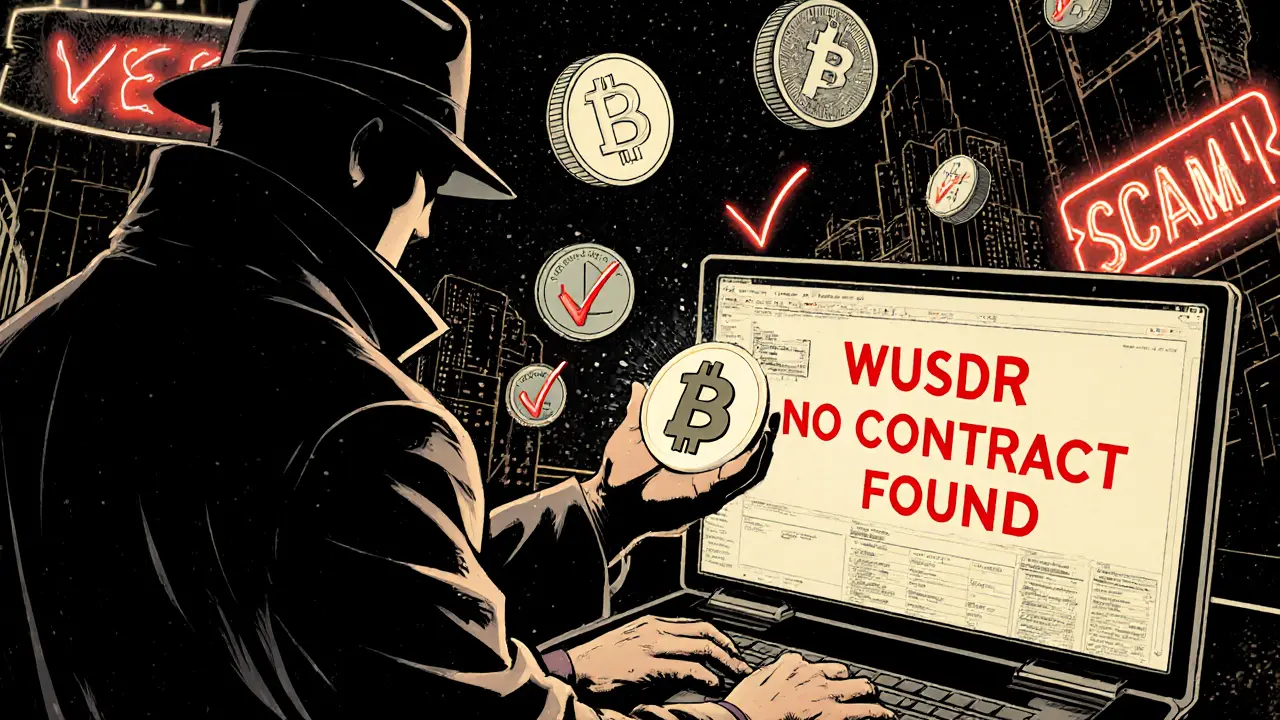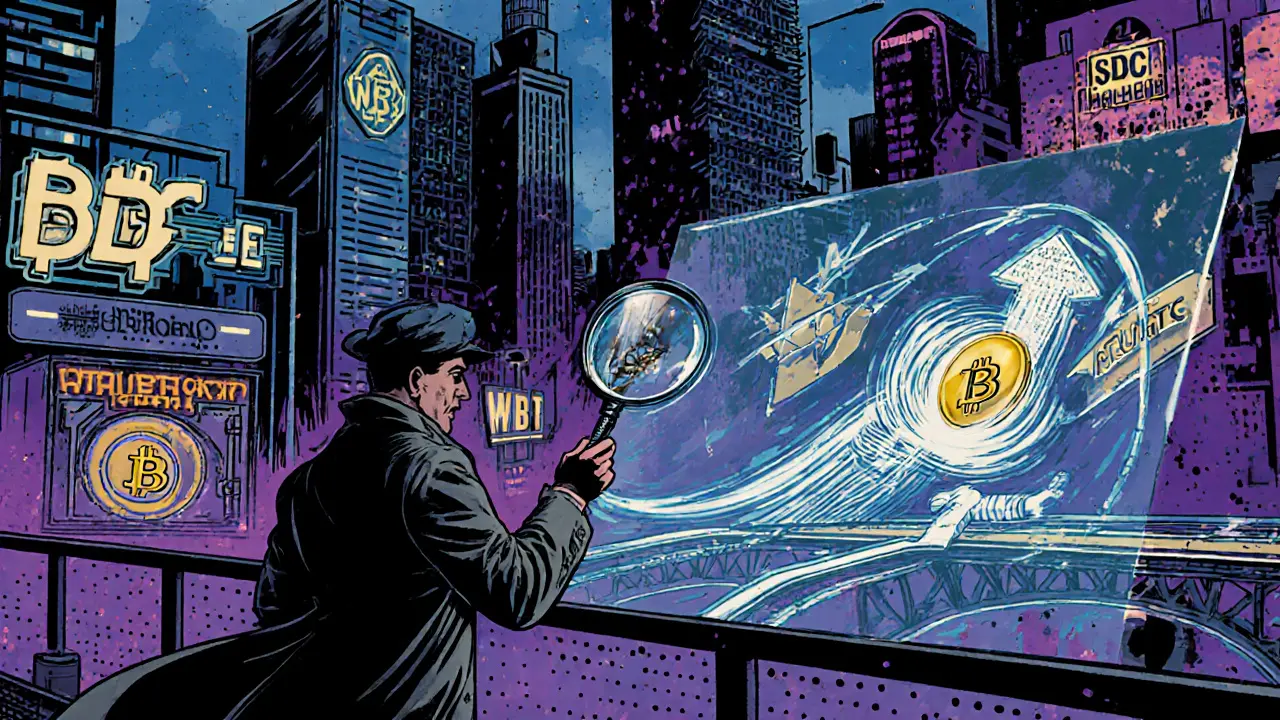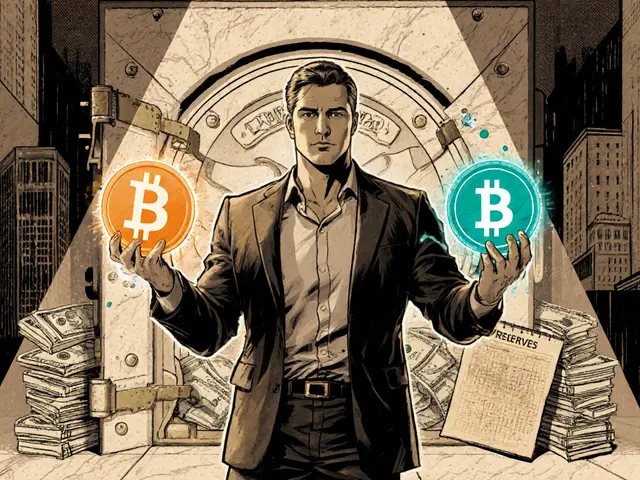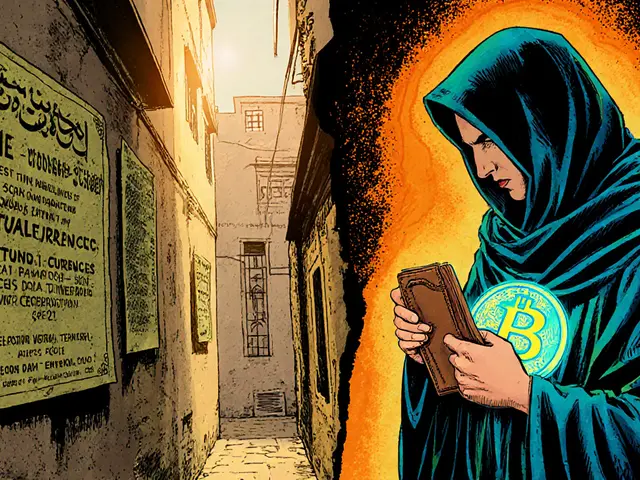Wrapped Tokens: Bridging Value Across Blockchains
When working with wrapped tokens, digital assets that represent another blockchain’s token on a different network, enabling seamless transfers and liquidity. Also known as token wrapping, they let users move value without selling the original asset.
One of the most common use‑cases involves Ethereum, the leading smart‑contract platform that hosts many DeFi protocols. Developers lock an original token, like Bitcoin, in a smart contract and mint a pegged ERC‑20 version (often called WBTC). This wrapped tokens approach gives Bitcoin holders access to Ethereum‑based lending, swapping, and yield farming while preserving Bitcoin’s price exposure.
Another key player is Bitcoin, the original proof‑of‑work network whose scarcity drives much of crypto’s value. By wrapping Bitcoin, projects create a bridge between Bitcoin’s security model and Ethereum’s programmability. The bridge itself—usually a set of custodial or decentralized validators—acts as the glue that enables cross‑chain liquidity.
Beyond the major chains, Layer 2 solutions, scaling technologies like Optimism or Arbitrum that sit atop Ethereum also use wrapped assets to move value off‑chain and back. A user can lock WETH on a Layer 2 rollup, receive a wrapped representation on the main chain, and then interact with DeFi apps that only accept the main‑net version. This back‑and‑forth reduces gas fees while keeping capital usable across ecosystems.
All these mechanisms feed directly into DeFi, decentralized finance services that replace traditional banks with code. Wrapped tokens expand the pool of assets a protocol can accept, boost total value locked, and create arbitrage opportunities. For example, a lending platform might offer higher rates for wrapped Bitcoin because the underlying asset can be redeployed elsewhere, increasing overall yield for users.
Token bridging isn’t free of risk. Centralized custodians can be single points of failure, while decentralized validators may suffer from slashing or market volatility. Understanding the bridge’s security model, audit status, and insurance coverage is essential before locking high‑value assets. This is why many guides stress due‑diligence on bridge contracts and recommend diversifying across multiple wrapping solutions.
What to Expect From This Collection
Below you’ll find deep dives on modular blockchains, real‑world airdrops, and practical guides on funding rates, validator protection, and more. Each article touches on one or more aspects of wrapped tokens—whether it’s the technical side of token bridges, the economic impact on DeFi liquidity, or the regulatory landscape that shapes cross‑chain activity. Use this hub to pick up actionable tips, spot emerging patterns, and stay ahead of the evolving token‑wrapping ecosystem.
Ready to explore the full spectrum? Scroll down to the curated list of posts that break down wrapped tokens from theory to hands‑on strategies.







